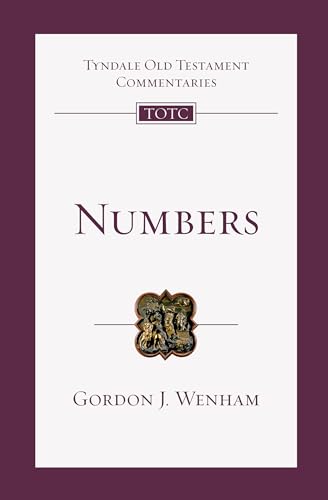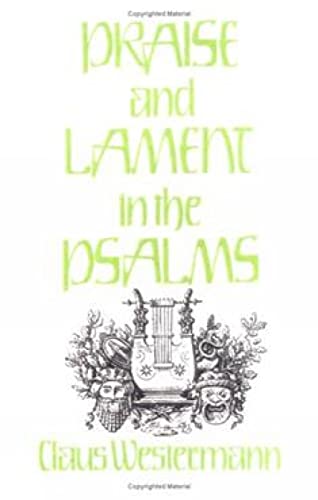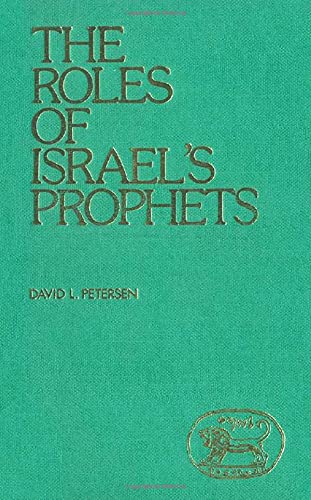Nowadays, when all but the final ‘ic’ appears to have been blown out of the late Martin Noth’s amphictyonic theory of Israel’s early history, it is good to be able to report that the ‘Deuteronomistic history’ lives on amid a large circle of admirers, the most recent of whom include H.-D. Hoffman (Reform und Reformen, 1980) and R. Polzin (Moses and the Deuteronomist, 1980; sit down, it’s not what you think it is!). Noth’s views, first presented in a somewhat inaccessible volume in 1943, are known chiefly from the second edition, published in 1957 as Überlieferungsgeschichtliche Studien, I (volume II never materialized, but a third (unchanged) edition did, in 1967). ÜS deals with the Deuteronomistic and Chronistic historical corpora in its two main sections and the first, because of the influence which it has exercised, has rightly been considered worthy of separate existence in an English translation. The significance of Noth’s study is succinctly stated in a foreword by Professor E. W. Nicholson of Oxford. Special praise must go to the bright young men of Sheffield for their enterprise in undertaking to repair a long-standing omission by the English-speaking Old Testament fraternity.
Already in his 1938 commentary on Joshua Noth was questioning the propriety of looking for Pentateuchal-type documentary sources in the historical books; now he characterized Joshua-2 Kings as a unified history—with a suitably augmented Deuteronomy for preface—written by a single Deuteronomistic author who remained in Judah during the exilic period. This ‘Deuteronomistic history’ (DH) whilst incorporating a great amount of traditional material, was fashioned according to ‘a carefully conceived plan’ (p. 10). How ‘carefully conceived’ Noth sought to show in, for example, his section on the chronological framework of the DH. The purpose of this great work, which Noth dated to approximately 550 bc, was simply to explain the downfall of the Judean state. The assumption of the Deurotonomist, as understood by Noth, was that Israelite and Judean history had reached a full-stop because of the chosen people’s repudiation of the Deuteronomic law. There was no hope of resuscitation after 587 bc; the Deuteronomist can think of nothing better than exilic welfare benefit (1 Ki. 8:48–51; cf. Jehoiachin’s ration tablets?).
Acceptance of Noth’s basic thesis has not, of course, prevented scholars from disagreeing with his subsidiary conclusions. A number have argued for a pre-exilic first edition of the DH (e.g. John Gray, F. M. Cross), and keen-sighted continental brethren have been able to spot three editions, all within the exilic period (W. Dietrich, T. Veijola). Cross’s arguments in favour of a first edition in the reign of Josiah are especially worthy of attention (see Canaanite Myth and Hebrew Epic (1973), pp. 274–89); they are based on the kind of observation which did not altogether elude Noth (cf. p. 82, ‘Dtr. (= the Deuteronomist) elevates the events of Josiah’s time to a general norm’). Others have preferred a Babylonian provenance for the DH, or at any rate for its exilic redaction (E. W. Nicholson, J. A. Soggin), and it is certainly true that the references to the Judeans left behind by the Babylonians do not assume too much on their behalf (2 Ki. 24:14; 25:12, 21 (cf. 26)).
However, criticism has, in the main, been directed against Noth’s explanation of the Deuteronomist’s purpose in writing his history. A number of scholars, following the lead of E. Zenger, have rejected Noth’s negative—or at best neutral—evaluation of the notice of Jehoiachin’s rehabilitation at the end of 2 Kings, preferring to see a glimmer of hope in the historian’s tailpiece. Others have complained that Noth did not give full play to the Davidic promises which had a prominent place in the DH and which, in their view, cannot be so easily dismissed as Noth imagined. Again, H. W. Wolff has remarked on the way in which the DH puts a premium on repentance at various points as if to suggest that even after 587 bc Judah may turn to God and be restored.
To have in English translation the document which set all this discussion—and much more besides—on course is most useful; student tiros will no longer have to choke on the polysyllable in the original title, which, for a start, is cause for thanksgiving. The work of translation, which passed through several hands, has obviously caused problems, and even this refined product occasionally sends one to the original for clarification (e.g. p. 9 where ‘erst recht’ is mistranslated as ‘only’). But the odd translational and stylistic lapse should not be be allowed to detract from the proper merit of this little volume.
Robert P. Gordon
Cambridge






